News
Marigold Seeds
Marigolds, with their bright and vibrant colors, are one of the most recognizable and beloved flowers in the world. These cheerful blooms belong to the Tagetes genus and are native to the Americas, but they have been widely cultivated and naturalized in many other parts of the world due to their beauty and versatility.
Appearance
Marigolds are known for their distinct appearance. They typically have large, showy flower heads that can range in color from deep orange to bright yellow. The petals are often overlapping, creating a full and rounded shape. The foliage is also quite unique, with finely divided, fern - like leaves that are usually a rich green color. Some marigold varieties have single - petaled flowers, while others are double - petaled, adding to the diversity of their appearance.
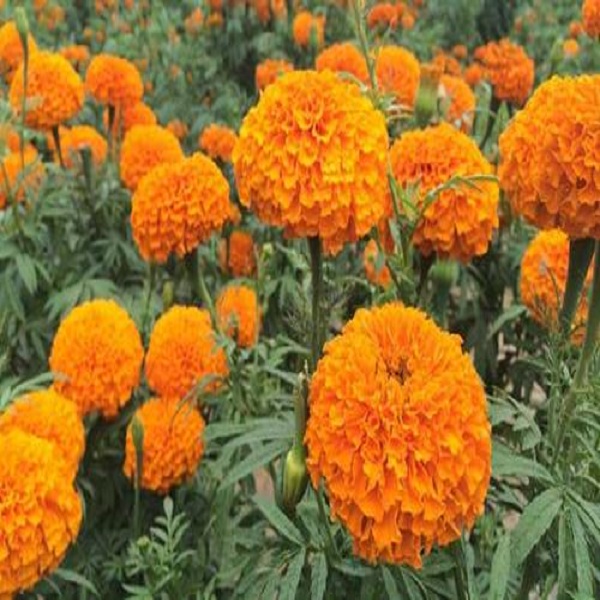
Growth Environment
Marigolds are relatively easy to grow and are quite adaptable to different environmental conditions. They thrive in full sun, which is essential for them to produce abundant flowers. These plants can tolerate a wide range of soil types, from well - drained loamy soil to somewhat sandy soil. However, they do not do well in water - logged conditions. Marigolds are also quite resistant to heat and drought, making them a popular choice for gardens in warm and dry regions. They can be grown from seeds, which are easy to sow directly in the garden bed after the last frost has passed.
Cultural Significance
Marigolds hold significant cultural importance in many societies. In Mexican culture, they are an integral part of the Day of the Dead celebrations. The bright colors of marigolds are believed to attract the spirits of the deceased, and they are used to decorate altars and gravesites. In India, marigolds are highly regarded in religious ceremonies. Strings of marigold flowers, known as "mala," are used to adorn deities in temples, and they are also used in various festivals, symbolizing good luck, prosperity, and spirituality.
Practical Uses
In addition to their ornamental and cultural value, marigolds have several practical uses. In the garden, they are often planted as companion plants. Their strong scent can repel many common garden pests such as nematodes, aphids, and whiteflies, helping to protect other plants in the vicinity. Marigolds are also used in the production of natural dyes. The pigments in their petals can be extracted to create yellow and orange dyes, which are used in the textile and food industries. Moreover, marigolds have some medicinal properties. They have been used in traditional medicine to treat minor skin irritations, cuts, and bruises due to their anti - inflammatory and antiseptic properties.
In conclusion, marigolds are much more than just a pretty flower. Their beauty, adaptability, cultural significance, and practical uses make them a truly remarkable plant. Whether you are a gardener looking to add a splash of color to your garden, a cultural enthusiast interested in traditional customs, or someone seeking natural alternatives for various applications, marigolds have something to offer.
How to Plant Marigold Seeds
Marigolds are popular flowers known for their bright colors and easy cultivation. Here are the steps to plant marigold seeds.
First, prepare the soil. Marigolds thrive in well - drained soil with a slightly acidic to neutral pH. Loosen the soil to a depth of about 6 - 8 inches and mix in some compost to enrich it.
Next, it's time to sow the seeds. You can either start them indoors 4 - 6 weeks before the last frost or directly sow them in the garden after the danger of frost has passed. Plant the seeds about ¼ - ½ inch deep and space them 6 - 12 inches apart, depending on the variety.
After sowing, water the soil gently but thoroughly. Keep the soil evenly moist until the seeds germinate, which usually takes 4 - 14 days.
Once the seedlings emerge, thin them out if they are too crowded. Provide them with enough sunlight, at least 6 - 8 hours a day.
Fertilize the marigolds every few weeks with a balanced fertilizer to encourage healthy growth and abundant blooms. With proper care, your marigolds will add a splash of color to your garden throughout the growing season.
If you have demands of the seeds, you can contact me freely.
Categories
Contact Us
- +86-18055849900
- +86-18055849900
- admin@high-key.cn
- +86-18055849900
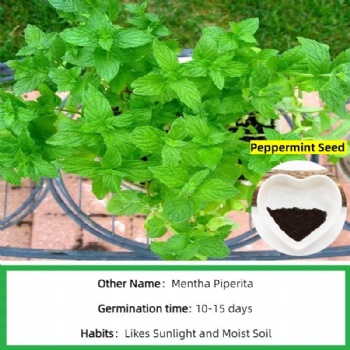
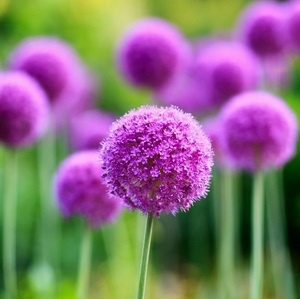
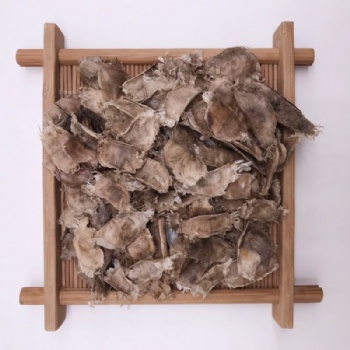
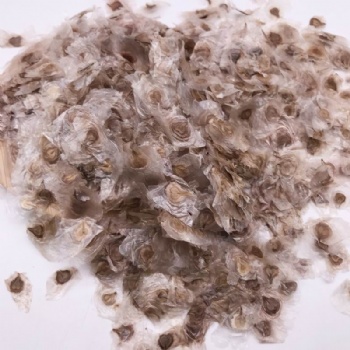
 售前客服
售前客服
